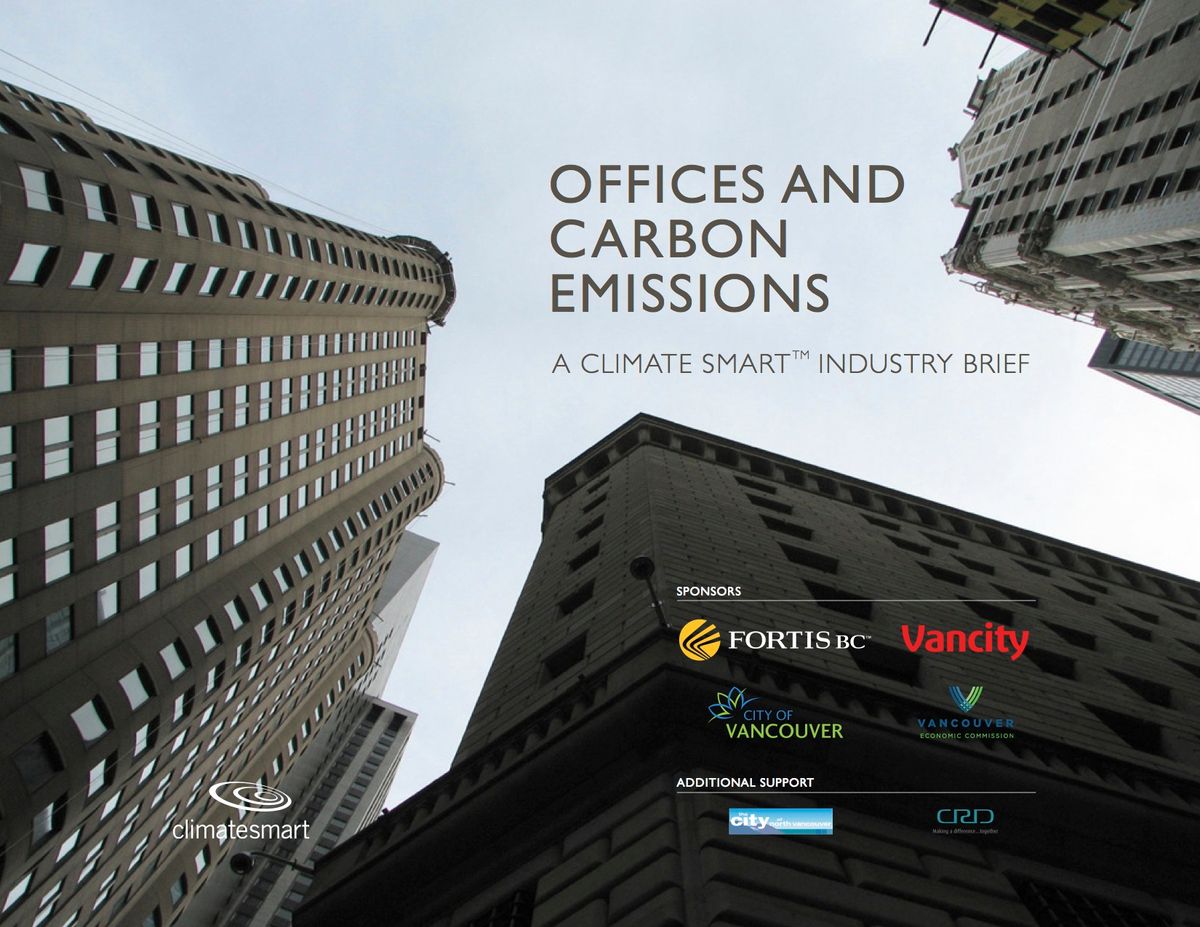“Just by re-setting all our thermostats, we saved 2-4000 kilowatt hours per month”, Natasha told her audience. “The savings were there waiting for us – we just needed help to find them.”
On Tuesday morning, she and 30 other Climate Smart members gathered at an alumni breakfast in downtown Vancouver. They were there to get the latest scoop on how office-based businesses are saving money while reducing their greenhouse gas emissions. Natasha and her colleagues were the first to get their hands on Climate Smart’s inaugural industry brief, packed with data and insight about the kind of impact smart changes can have on both their bottom lines and climate change. But reviewing the brief was only part of their morning learning experience.
I’ve been collaborating with the amazing team at Climate Smart to explore ways in which narrative strategies can help them extend their reach and impact. They have compelling data about the outcomes of their work, in terms of savings – and they have powerful examples of the kinds of savings different companies have made. But they have yet to tap into the rich data that are buried in their clients’ stories about how they are making change. How do they solve their Climate Smart challenges? How do they engage employees? Make decisions? Source new technologies? Discover incentives and rebates? Fund renovations? Convince Boards to buy in?
To get a sense of how we might start to tap this rich expertise, we added a story-sharing exercise to the breakfast agenda. After the Climate Smart team launched their industry brief, they invited the members to spend the next half hour sharing experiences about how they’ve been making changes in their offices. In just seconds, the room began to buzz with charged conversation, frantic note-scribbling and networking.
Sharing stories in such a structured format does more than just create effective peer learning – this kind of story-sharing also works as a springboard for members to generate new ideas collectively, about how to solve their current challenges. By tapping into the inherent “problem-activity-solution” framework of stories, the members were able to develop a long list of potential solutions to problems ranging from energy consumption, to waste, to office travel. For example, I discovered that certain types of radiant heaters can be much more effective than baseboards. And that change is much easier to implement when you make it social and fun!
Over the next few months, I hope to continue working with the Climate Smart team to see how we can mobilize the collective knowledge of their members – as a way to better understand how to lead systemic change. If you have stories to share about how your business is reducing emissions – or want to know more about Climate Smart, you can find them here. I know they’d love to hear from you!





